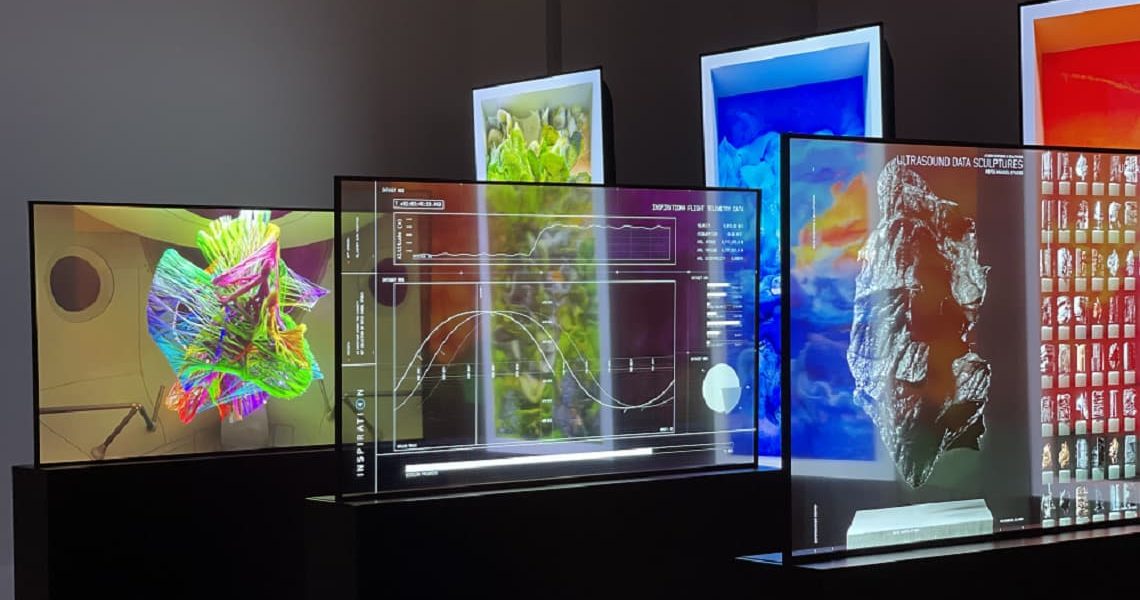Digital technologies are transforming everything — from how we communicate to how we perceive art. One of the brightest and most controversial phenomena in recent years has been NFTs — non-fungible tokens. Their emergence sparked a wave of debate in the art world, among investors, and of course, among fans of digital entertainment. Some call it a breakthrough and the beginning of a new era in art, while others see it as a bubble and a tool for speculation. So where is the truth?
What is an NFT and why does it matter for art?
An NFT (non-fungible token) is a unique digital item that certifies ownership of a specific asset — whether it’s a painting, video clip, piece of music, or even a tweet. Unlike cryptocurrencies such as Bitcoin or Ethereum, NFTs cannot be exchanged for another identical token, because each one is unique.
The value of NFTs lies in blockchain technology, which ensures transparency of ownership and authenticity of the work. For digital art, this solves a long-standing problem: how to prove the originality of a file that can be copied millions of times? Now, an artist can “attach” their work to a specific token, turning it into an original in the digital world.
How has the art world changed?
With the rise of NFTs, digital artists have gained the opportunity to monetize their creativity directly, bypassing galleries, auction houses, and other traditional structures. As a result, many new names have come to the forefront — artists who previously went unnoticed.
A famous example is the case of the artist Beeple, who sold his digital artwork as an NFT for $69 million at a Christie’s auction. Since then, interest in NFT art has only grown. Today, even well-known brands and musicians are creating their own tokens — from Gucci to Snoop Dogg.
Online entertainment and NFTs: points of intersection
NFT technology is also making its way into the realm of online entertainment. On gaming platforms and in metaverses, tokens are used to purchase unique items and skins, allowing players to feel the real value of virtual assets.
This also extends to the world of online casinos, where new tech trends are adopted faster than anywhere else. By visiting virtually any nove casino, you can see that some crypto casinos are already testing the implementation of NFTs as a way to deliver a unique gaming experience — from custom avatars to exclusive bonuses.
This gives players the opportunity not only to participate in games but also to invest in digital assets with potential resale value. In a world where entertainment is increasingly moving online, such intersections make perfect sense.
Speculation or innovation?
Despite technological progress, the NFT world is full of risks. Token prices can skyrocket and then crash just as quickly. Many NFT projects are created purely for quick profit, with no artistic or cultural value. This has led to criticism — that NFTs are not art, but rather a financial bubble fueled by hype and a desire for fast money.
NFTs that lack visual or conceptual depth — for example, pixelated figures or randomly generated avatars — are especially under scrutiny. Their value depends solely on the popularity of the project and the number of people willing to invest in it. This approach does resemble a speculative market.
New opportunities for artists
Nonetheless, NFTs have the potential to change art for the better. For many digital artists, this is the only way to earn money from their talent. Platforms like OpenSea and Foundation allow creators to upload their work, set prices, and most importantly — receive royalties from every resale of the token. This offers artists a more sustainable income model.
Moreover, NFTs enable experimentation with forms and styles that would be impossible in traditional media. Audiovisual projects, animations, interactive artworks — all of this has become possible thanks to the digital environment.
What does the future hold for NFTs?
Experts are divided. Some believe the bubble will burst and the market will be cleared of speculative tokens, leaving only projects with real artistic and cultural value. Others argue that NFTs represent an inevitable transformation of art that has only just begun.
Regulation also plays an important role. Currently, the NFT market is virtually unregulated, making it attractive to scammers. Introducing legal frameworks may both limit some opportunities and give the industry legitimacy.
Conclusion: a transformation that cannot be ignored
NFTs are not just a trendy buzzword, but a major shift affecting culture, art, and the digital economy. Yes, there is a lot of hype and speculation in this space. But behind the flashy headlines and millions of dollars are real changes: new forms of creativity, new business models, and new ways of interacting with art.
Like any innovation, NFTs raise questions and debates. But one thing is clear — digital art will never be the same. And as technology continues to permeate our daily lives, we will increasingly encounter its manifestations — from virtual galleries to NFT bonuses in online games and casinos. A new era has already begun — the only question is how we choose to perceive it.
